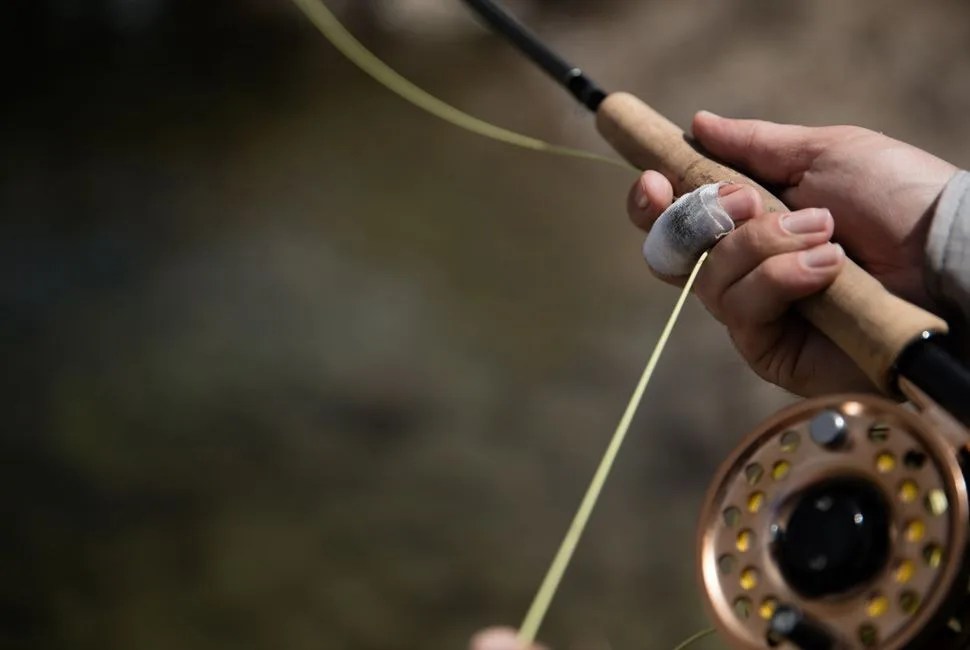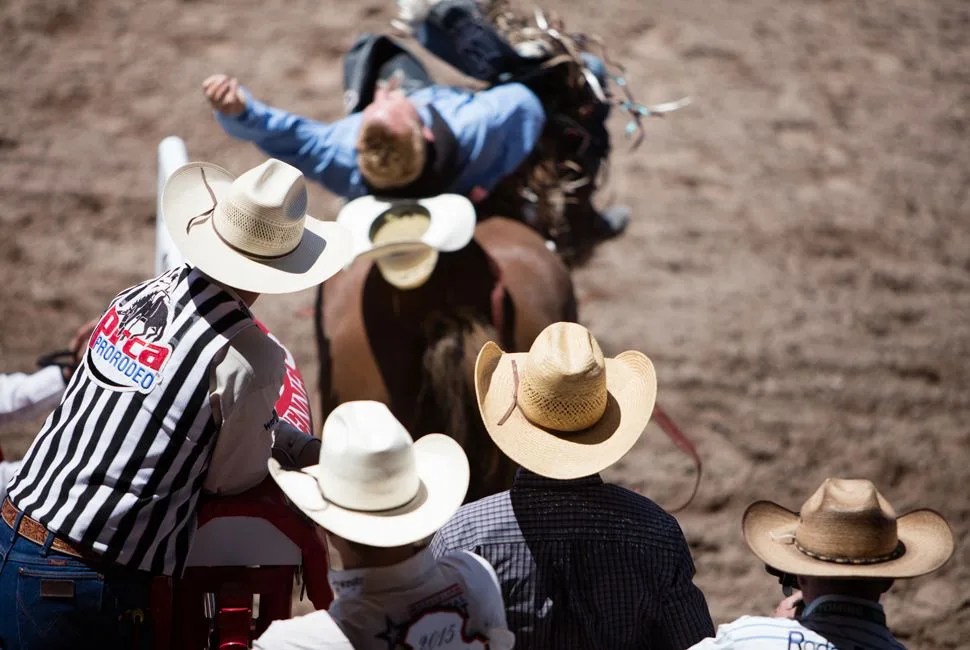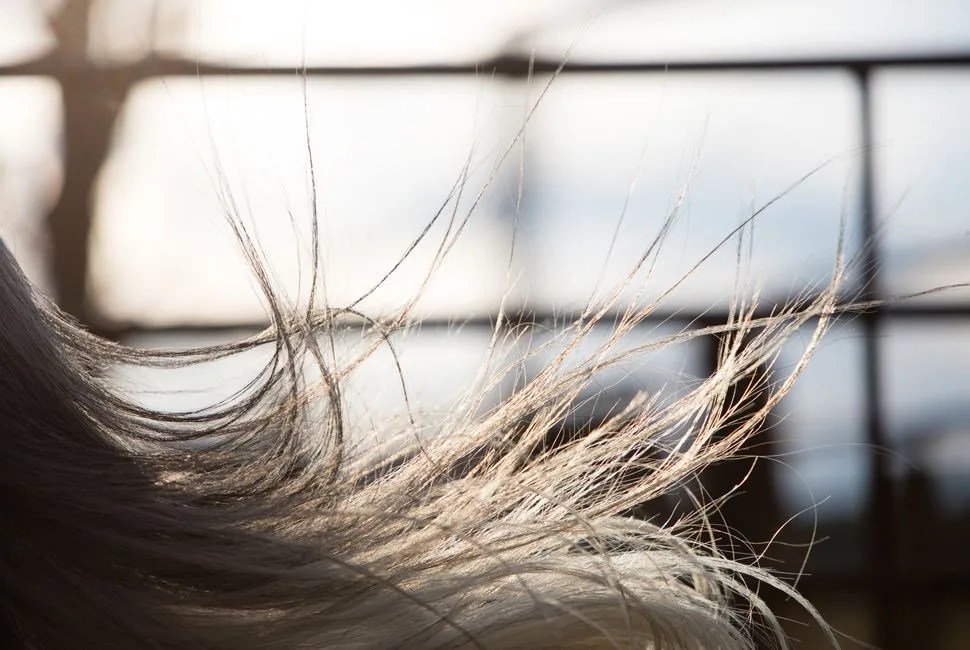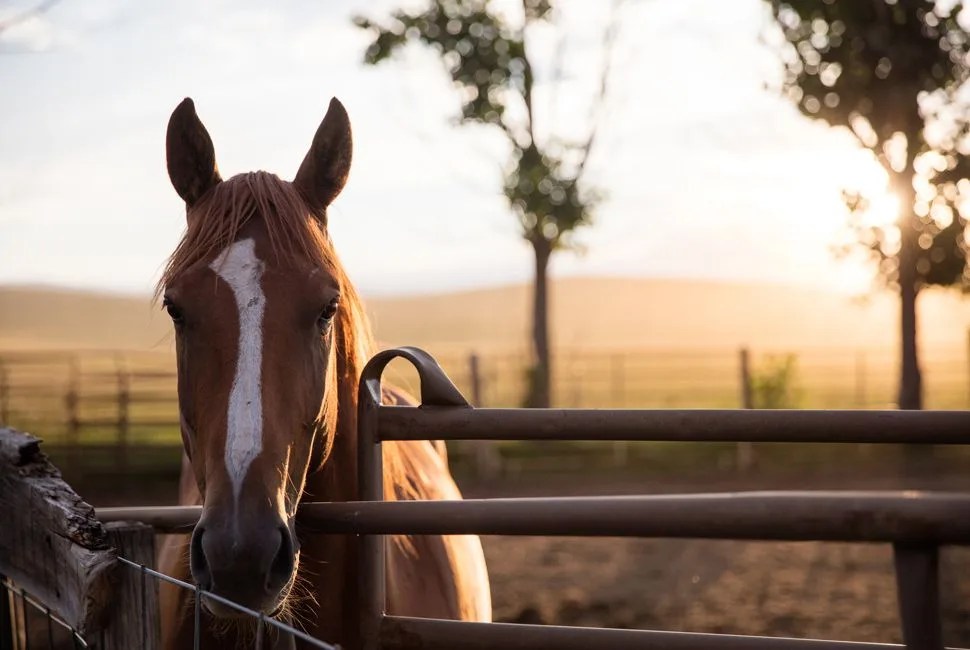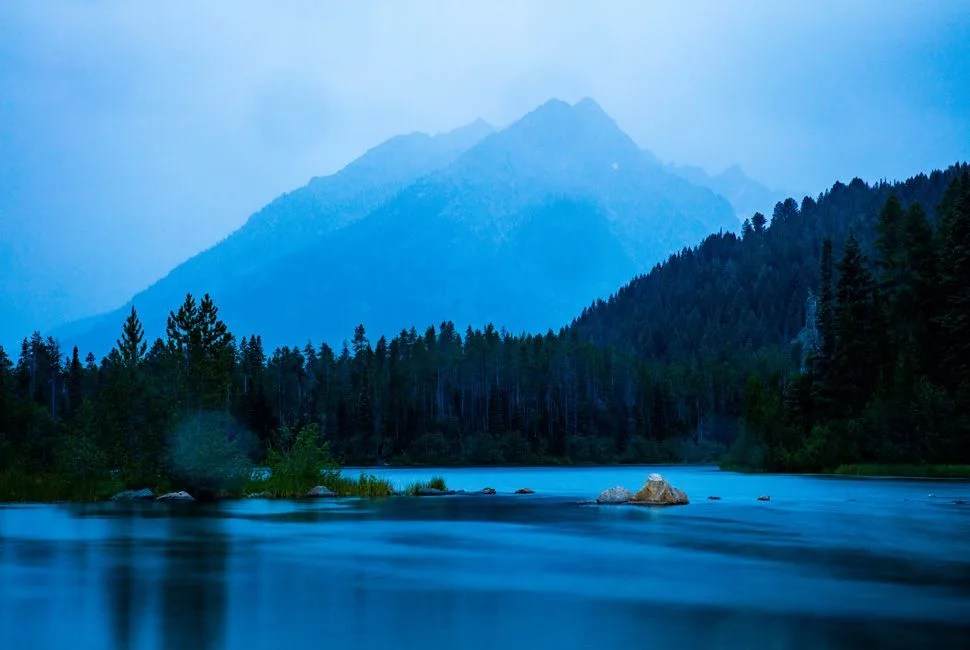It’s been a whole three and a half years since Canon announced the 5D Mark III — a camera that was already criticized by many as not quite enough of an upgrade compared to the Mark II when it launched. Not to mention the fact that it debuted three months before Nikon’s spec-sheet goliath, the D800, which launched in June of 2012. But like a pack mule, the 5D III has endeared itself to a generation of photographers like no other camera with its ability to get the job done — wherever, whenever. It was never the glamorous choice, but it was never the wrong choice. The video was unmatched in a DSLR and the image quality, when paired with Canon’s L-series lenses, was good enough for any number of magazine covers and award-winning photos. Not to mention the 5D III is as much of a presence in war zones these days as the Toyota Hilux, but there’s no doubt that the 5D III is lagging behind. In those three and a half years, the Nikon D800 was replaced with the D810 and Sony launched a full assault on DSLRs with the A7 line, all while Canon’s pro camera division seemed to be standing still.
So naturally it was an exciting moment for those of us hoping for some forward motion when Canon announced an update to their famed line with the 5DS and 5DS R ($3,699+) in February of this year. (Quick aside: the S and the SR are only differentiated by the presence of an optical low-pass filter — S with, R without. I tested the R and will just refer to the pair as the 5DS from now on to save this review from looking like a fax machine catalog.) What the pair of cameras offered was one huge superlative — a 50.6MP sensor — and a bunch of small internal and interface updates taken from its little brother, the 7D Mark II. Again, we’re talking evolution, not revolution — think iPhone 6S, not iPhone 7. So with that in mind I tried not to judge it as a replacement to the 5D III, and rather evaluate it on its own merits as it took on the role of primary camera for our 10-day journey through Wyoming.
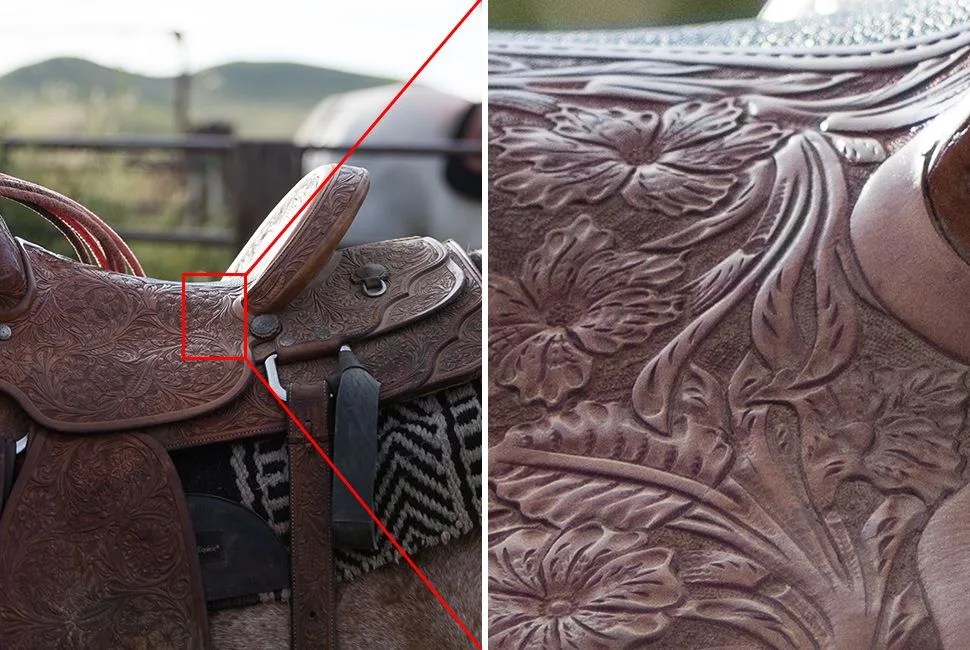
Even after the second day it was clear that the 50MP sensor is far and away the best Canon’s ever made. Once you get past the sheer resolution and sharpness from the damn thing, there’s things like increased dynamic range and low-light performance over the 5D III, which is insane given how dense the sensor is. Images can be cleanly pushed and pulled in post, and ISO 6400 is completely usable and actually gives a really interesting fine-grain look to the photos. If you have the storage space on your computer for the massive 70MB RAW files, and you make sure your shutter speed stays above .25/focal length (1/200 for 50mm lens, 1/800 for 200mm, etc.), then the 5DS will give you better results than a 5D Mark III in every situation. In terms of raw image quality, without exceptions or conditions the 5DS is the best camera Canon has ever made.
9 photos
The photos above were recorded as RAW and lightly edited in Adobe Lightroom before they were sized down from 50.6MP to a modest .6MP. All Metadata is intact.
And yet I can’t really recommend it. First of all, it’s $3,800, which is insane for a camera that in so many ways is an incremental update. Is that sensor really worth a $1,500 premium over the 5D Mark III? Second, as amazing as that sensor is when it comes to resolution, it’s still lagging well behind Sony and Nikon (who use Sony sensors) on things that really matter to most photographers, like dynamic range (12.4 stops compared to the D810’s 14.8 and A7S II’s 14) and ultra low-light performance. Not to sound like an old curmudgeon, but how often do you really need 50MP? The only people that really take advantage of resolution like that are studio photographers, but those are the guys that start cross-shopping it with medium-format cameras, which just blow the Canon away when it comes to out-and-out sharpness, color depth and all the other instances where a medium-format sensor wins out. And if you’re looking to shoot video, then forget about it; buy the far more capable 5D III. So who should buy the 5DS? Anybody who’s fully invested in the Canon ecosystem of lenses and wants the absolute best camera they make, as well as anybody who needs the resolution for print and is willing to sacrifice some image quality for that legendary Canon durability, ease of use and handling that no medium-format camera can offer.



